
Lab-grown teeth might become an alternative to fillings following research breakthrough
In a revolutionary development in dental science, researchers have made significant progress toward growing human teeth in laboratories — a breakthrough that may soon replace traditional fillings and dental implants. This advancement not only holds promise for more natural dental repair but also signifies a turning point in how we understand oral health and regeneration.
The Breakthrough
Scientists from Japan and the United States have reported promising results in experiments where teeth were successfully regenerated using stem cell techniques. The research, conducted over the past decade, focused on using cells from the patient’s own body to grow new dental tissue — eventually forming a complete, functional tooth.
The most recent studies on mice and ferrets demonstrated that, under the right conditions, lab-grown tooth “buds” could be implanted into the jaw and grow just like natural teeth. These new teeth are not just visually identical to the original ones, but they also develop nerves, blood vessels, and roots, allowing them to fully integrate into the mouth.
Human clinical trials are expected to begin as early as 2025.
Why This Matters
Currently, when a tooth is damaged due to decay or trauma, dentists use synthetic materials like amalgam or composite resin to fill cavities. In severe cases, dental implants made of metal and porcelain are used to replace missing teeth.
While effective, these solutions are not without drawbacks. Fillings can wear out or fall off over time. Implants, though durable, do not function exactly like natural teeth and require invasive procedures and ongoing maintenance.
Lab-grown teeth offer a more natural solution: regenerating the tooth itself instead of replacing it with foreign materials.
How It Works
The process begins by harvesting stem cells from the patient — typically from gum tissue or other sources in the mouth. These cells are then programmed to form dental tissues such as dentin, enamel, and pulp.
Once the cells start forming a tooth bud — a small cluster of cells that resembles the beginning of tooth development in embryos — it is implanted into the patient's jawbone. Over time, it grows into a full-sized, fully functioning tooth.
Importantly, because the tooth is generated from the patient’s own cells, the chances of rejection are very low, and the integration with the surrounding bone and tissue is seamless.
Challenges Ahead
Despite the excitement, scientists caution that several hurdles remain before lab-grown teeth become common in clinics. The exact control of tooth shape, size, and alignment still needs refinement. Additionally, there are regulatory, ethical, and cost-related questions that must be addressed before this technology becomes widely available.
Moreover, while early research shows promise, long-term durability and function in humans have yet to be proven.
Potential Impact on Dentistry
If successful, lab-grown teeth could dramatically transform dentistry in the next decade. Instead of drilling and filling, dentists may soon be able to “regrow” a decayed or lost tooth in place.
This could also change the way we treat gum disease, tooth trauma, and even genetic conditions that cause missing or malformed teeth.
Beyond practical benefits, this approach could improve patients' psychological well-being by providing natural-looking, permanent solutions instead of artificial replacements.
Final Thoughts
The concept of growing new teeth might sound like science fiction, but it’s rapidly becoming scientific fact. As the field of regenerative medicine advances, the dream of saying goodbye to fillings and artificial implants might soon become a reality.
For now, brushing, flossing, and regular dental check-ups are still essential — but in the not-so-distant future, growing a new tooth might be as routine as getting a cavity filled.
News in the same category


10 Reasons Ramen Noodles Are Bad For You (and How to Make Them Healthy)

101-Year-Old Doctor Is Still Driving, Shares His 7 Tips For A Long Life

15 Surprising Things Men Say Make Women Seem Older Than They Are

Study Finds People with Certain Blood Type Are Prone to Early Stroke

New Castor Oil, Celtic Salt & Baking Soda Detox Changes EVERYTHING! (Must Try!)

The Cancer Destroying LEAF That Doctors Aren’t Telling You About! Barbara O’Neill SECRET

COVID-19 Surge Again: UK Health Officials Warn of Rising Infections

Fibromyalgia: Symptoms and 8 Natural Ways to Manage It

Scientists discover new bat coronavirus in China that sparks pandemic fears

Doctor warns popular food has 'overtaken tobacco' as leading cause of premature death
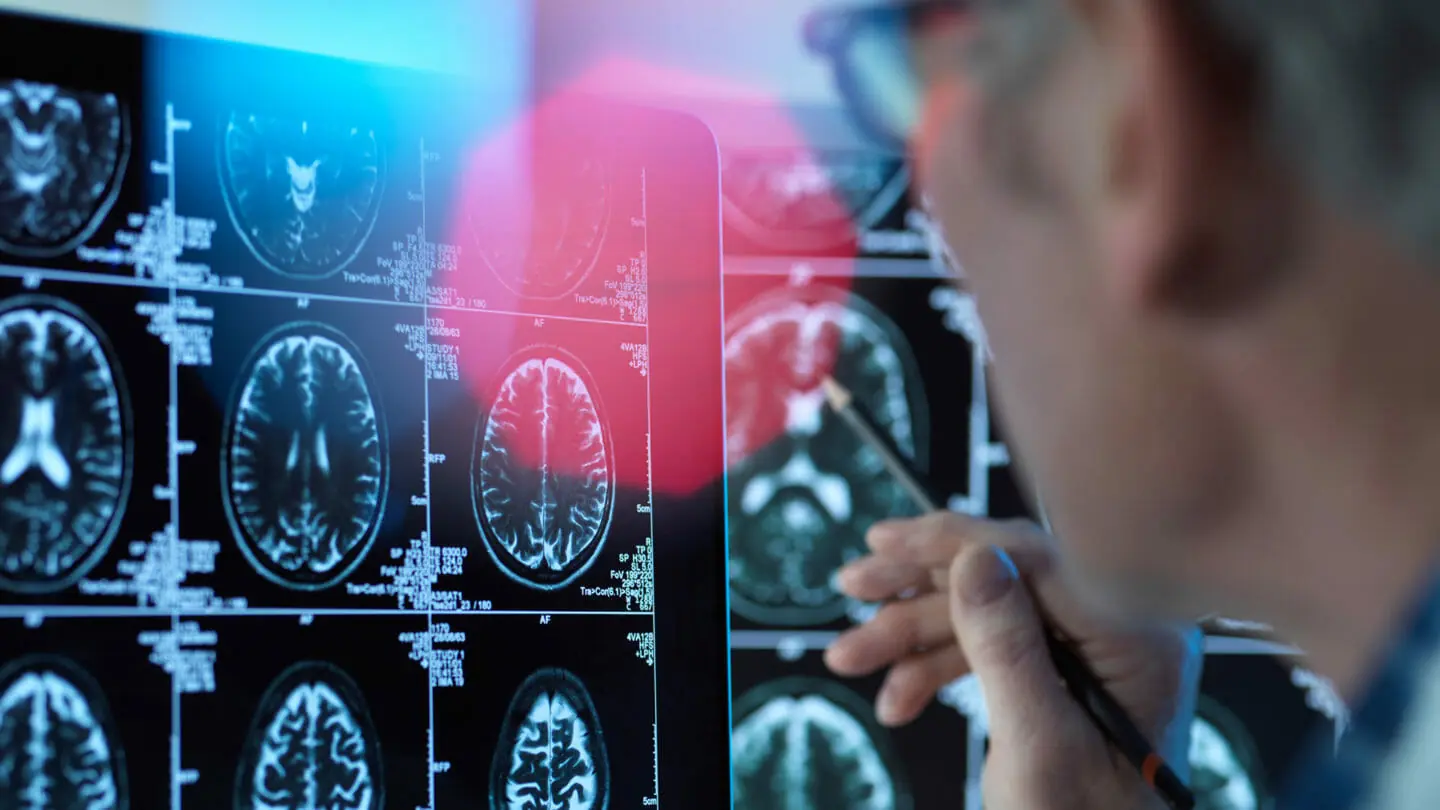
Neuroscientist Shares Insights on Removing ‘Brain Waste’ to Combat Dementia

10 Surprising Turn-Offs Men Might Notice in Women Over 50
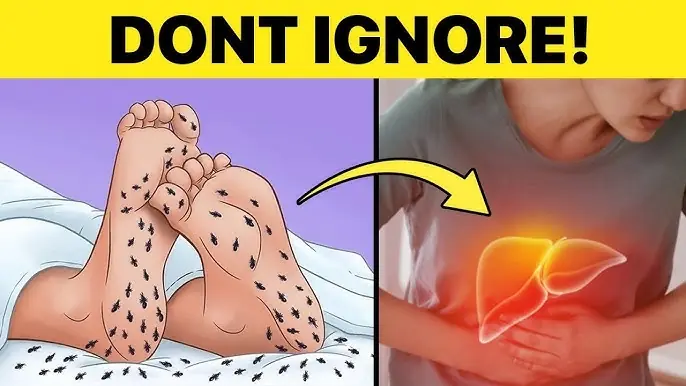
12 Ways Your Feet Are Warning You About Your Liver!

Diet and Uric Acid: Foods to Avoid for Gout Prevention

This Is What Happens To Your Body When You Smoke Weed And Work Out
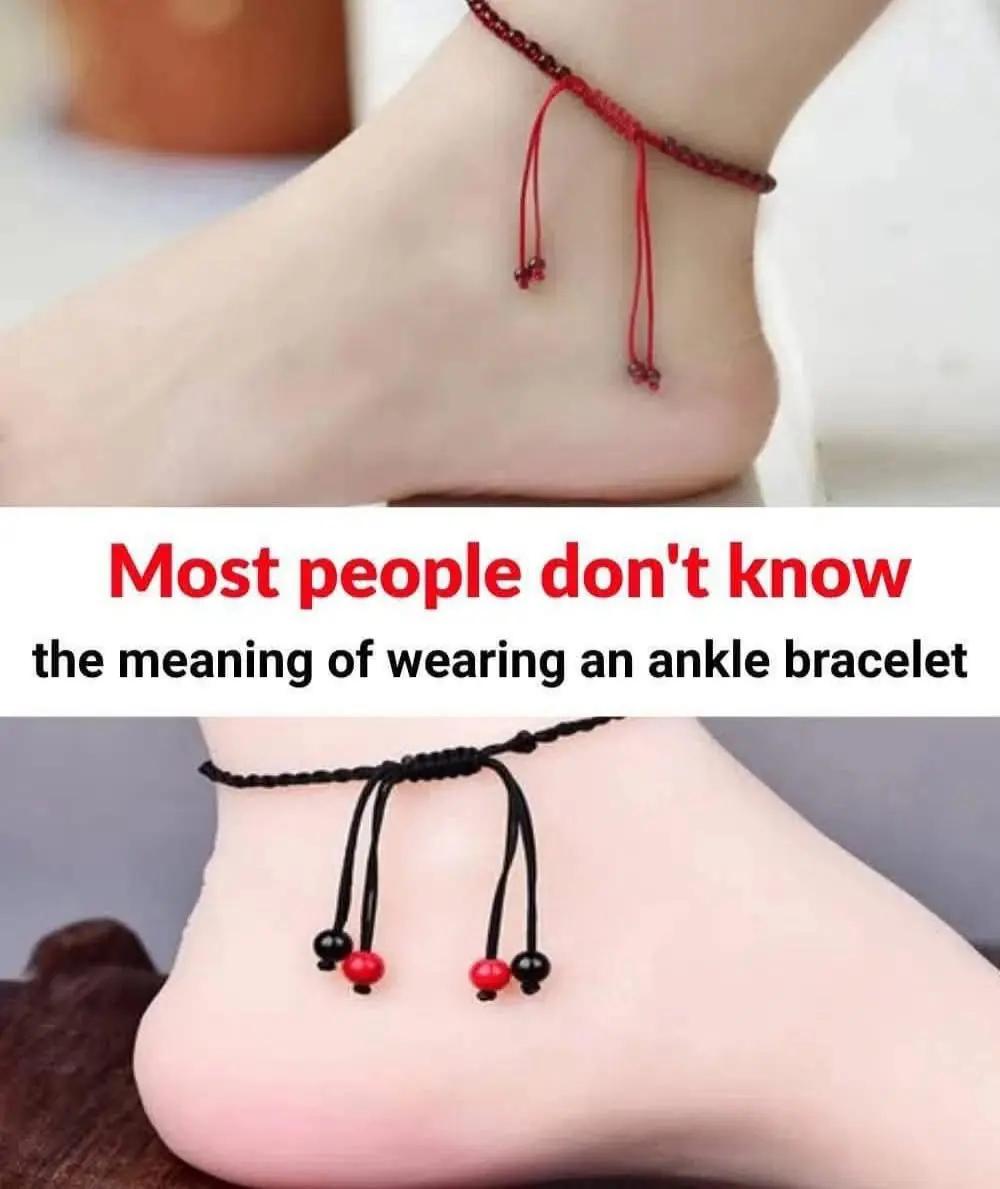
The Hidden Meaning Behind Wearing an Ankle Bracelet—Most People Have No Idea

Scientists Have Discovered An Alarming Rise in Advanced Prostate Cancer in California
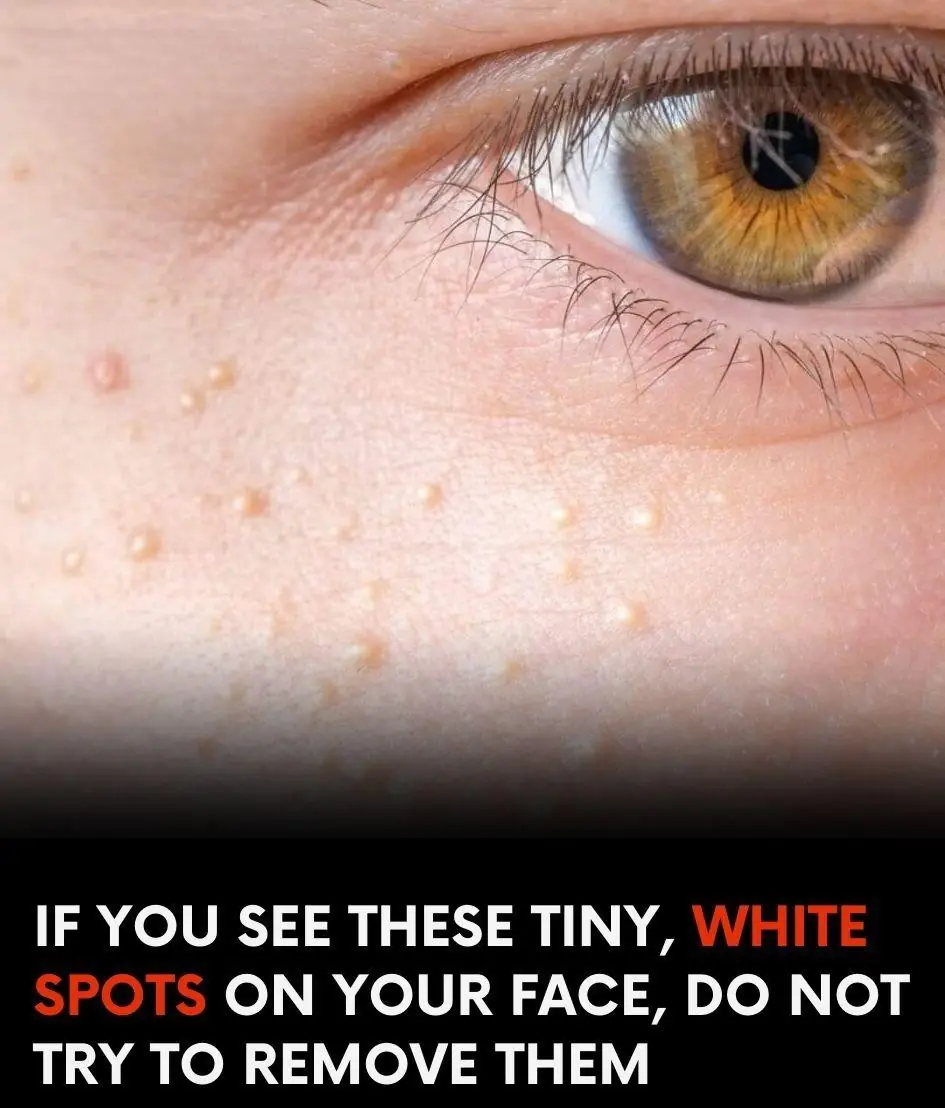
How to Safely Remove Milia
News Post
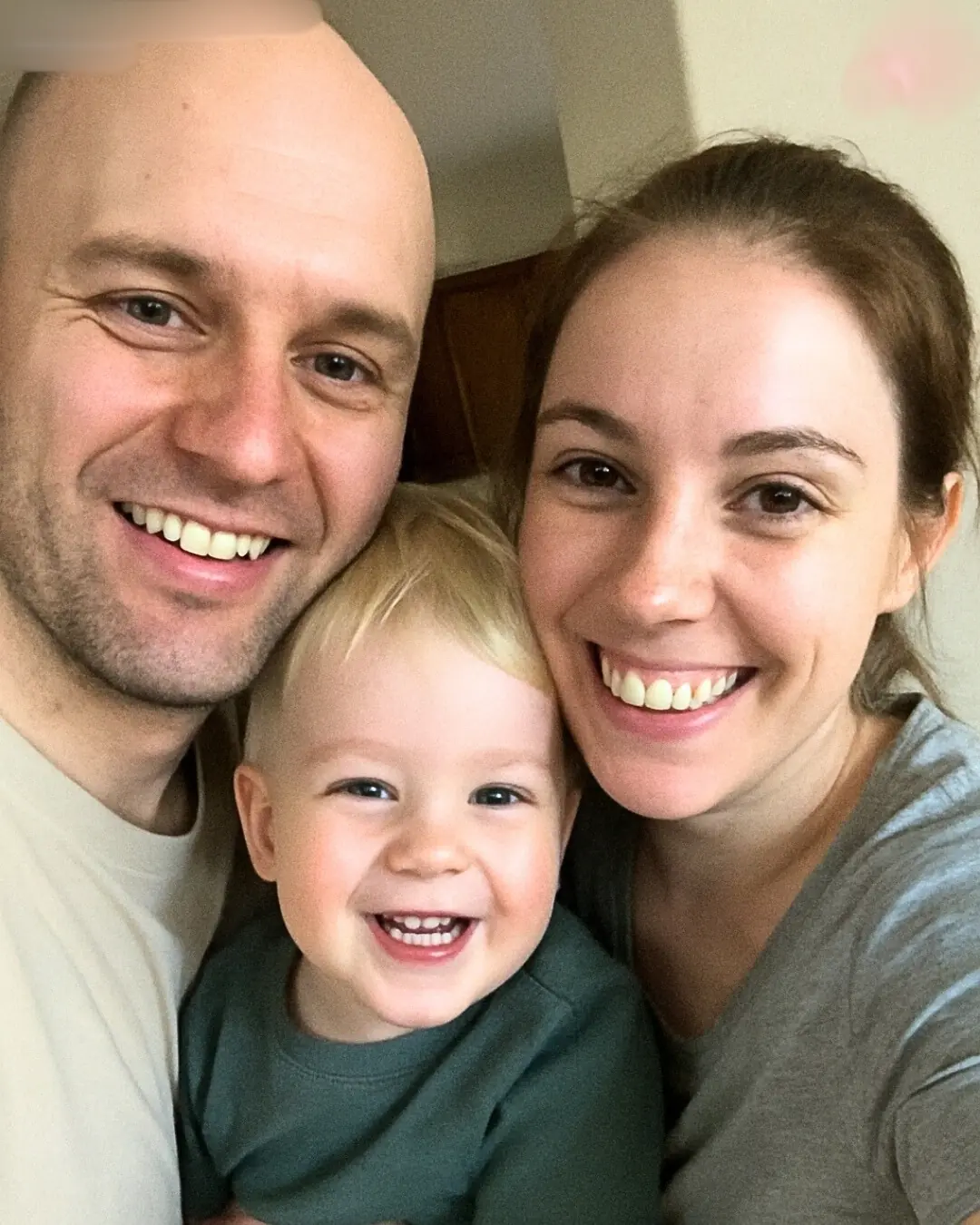
I Heard Our Baby Crying While I Was in the Shower & My Wife Was Watching TV – When I Entered His Room, I Screamed in Shock

My Husband Refused to Replace Our Broken Vacuum and Said I Should Sweep Since I'm 'Just on Maternity Leave' — So I Taught Him a Lesson He'll Never Forget
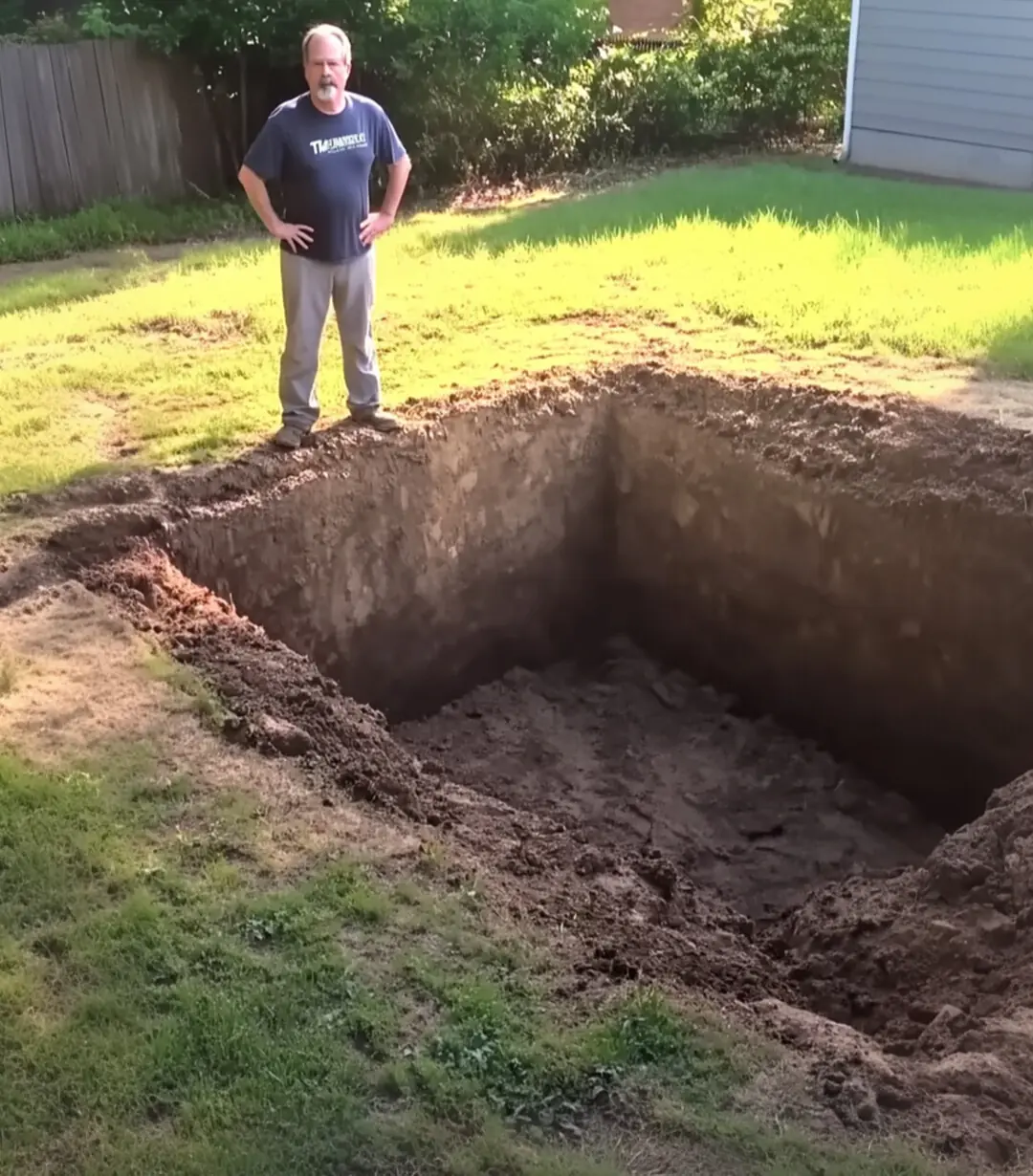
My FIL Got Rid of My Beloved Flower Garden & Dug a Pool for Himself without Permission – But Karma Hit Him Back Harshly

I Came Home to Find My Kids Outside with Packed Bags — It Was the Hardest Day of My Life

Greedy Brothers Mock Younger Sister Because She Only Inherited an Old Umbrella

My MIL Left Me Everything Instead of Her Own Children, But My Inheritance Came With a Trap

I Showed Up at My Parents' for Easter Only to Find Out My Older Sister Kicked Them Out and Made Them Live in Their Own Garage – It Was Her Biggest Mistake

My MIL 'Accidentally' Dropped My Daughter's Vacation Ticket Out the Window—But Karma Didn't Need My Help

While My Friend Was on a Trip, I Discovered Her Husband Was Cheating and Plotting to Steal Her House, but She Turned on Me Instead

Caution Over Vaping After Teen Develops ‘Popcorn Lung’ Linked to Chemical Exposure

10 Reasons Ramen Noodles Are Bad For You (and How to Make Them Healthy)

101-Year-Old Doctor Is Still Driving, Shares His 7 Tips For A Long Life

Garlic for Health: Avoid These 6 Common Mistakes

This ONE Lemon Hack Will Change Your Health!

15 Surprising Things Men Say Make Women Seem Older Than They Are

I Set up a Hidden Camera in My Living Room to Catch My Husband Cheating — What I Found Out Instead Shattered Me

My Husband and Best Friend Had an Affair Behind My Back, Then My Mom Told Me to Give Them My Kids

Study Finds People with Certain Blood Type Are Prone to Early Stroke
